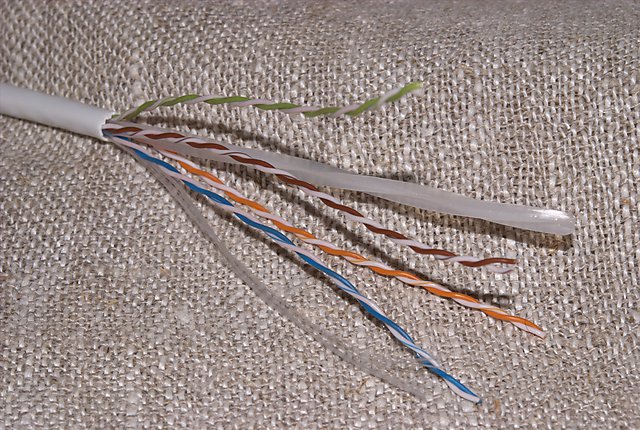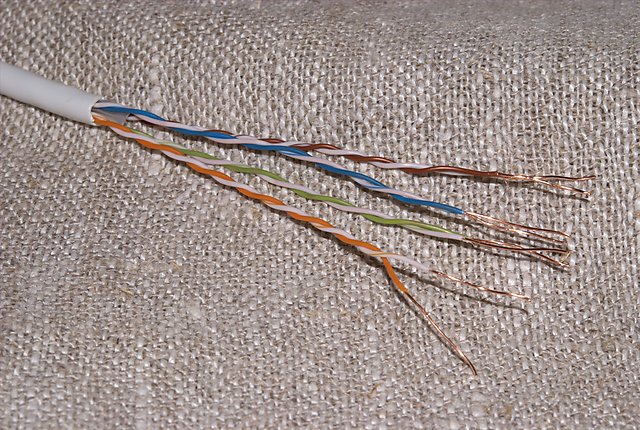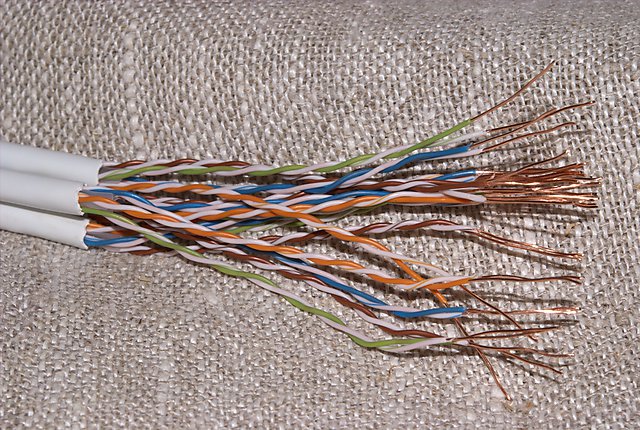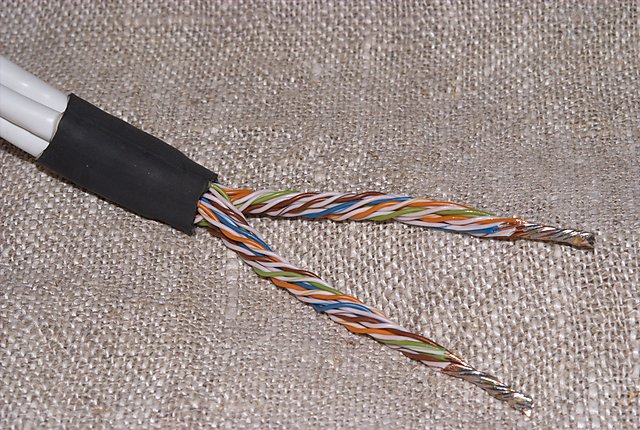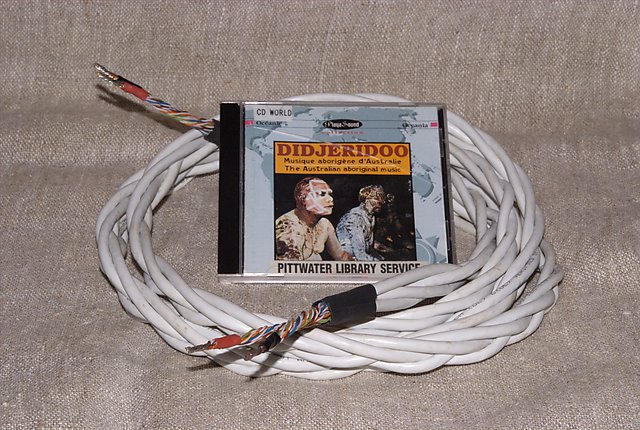
I needed to make some more speaker cables recently. Since this was for a 4-way system, cost-effective was a good idea. After thinking through some options, I grabbed a 200 meter roll of CAT-6 network cable on eBay for 50 dollars. By any reasonable method, that is enough copper to make quite a lot of speaker cable!
The neat thing about making speaker cables out of network cable is that you can use as many strands as needed to get the gauge you want. And you can trade off inductance against capacitance as well. While there is a popular “recipe” for making speaker cables out of network cable that involves untwisting all of the pairs and then rebraiding them, you don’t have to do it that way! Firstly, that will give you a high-capacitance cable. And secondly, it’s too much work (for me, anyway!). My method is to just use whole network cables, braided or twisted, and then connect the strands up at the ends.
The figure below shows the various options in terms of number of cable cores (increasing from left to right) and the way in which the strands within the cores are wired up (top to bottom). On the top row, we have individual strands within each pair wired into the positive (red) and negative (black) legs of the cable. I call that Type A. On the second row, each twisted pair is wired into either positive or negative; and within any one cable core, the four pairs are wired in a star-quad configuration. That’s Type B. On the third row, whole cores (four twisted pairs) are wired into the positive or negative leads. That’s Type C.
The arrows indicate the relative change in the key parameters: inductance, capacitance, and resistance.
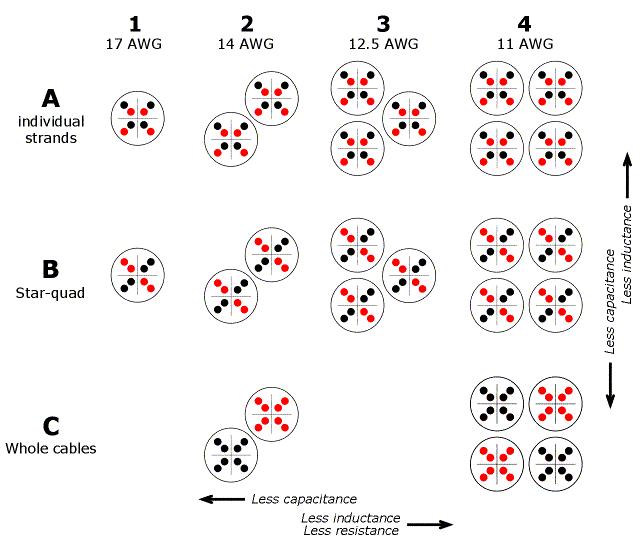
Note that the wire gauge indicated assumes standard CAT6 size of 23AWG for a single strand. CAT5 cable is 24AWG per strand, so reduce the gauge by 1. Note also that the standard allows some variation in wire size, so if you want to be sure on what you have, you will need to measure the diameter of a strand with a micrometer and compare it with the AWG wire size chart.
Here’s an example cable, which comes out as type B4 in the above chart. Later cables were dressed up a bit more with some Techflex.
